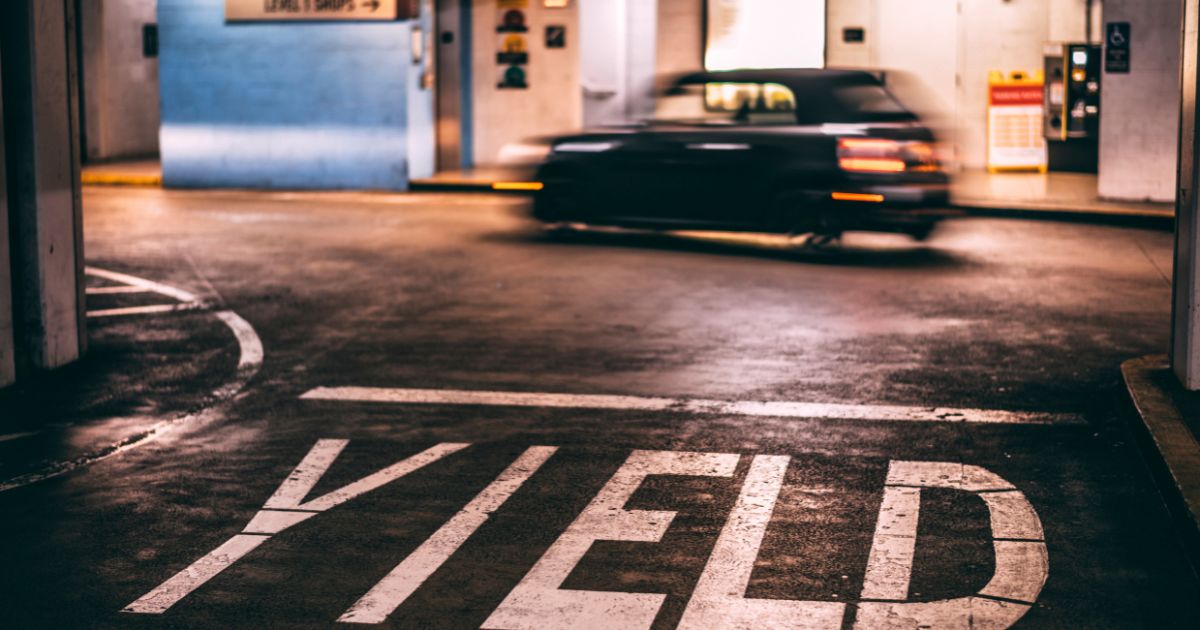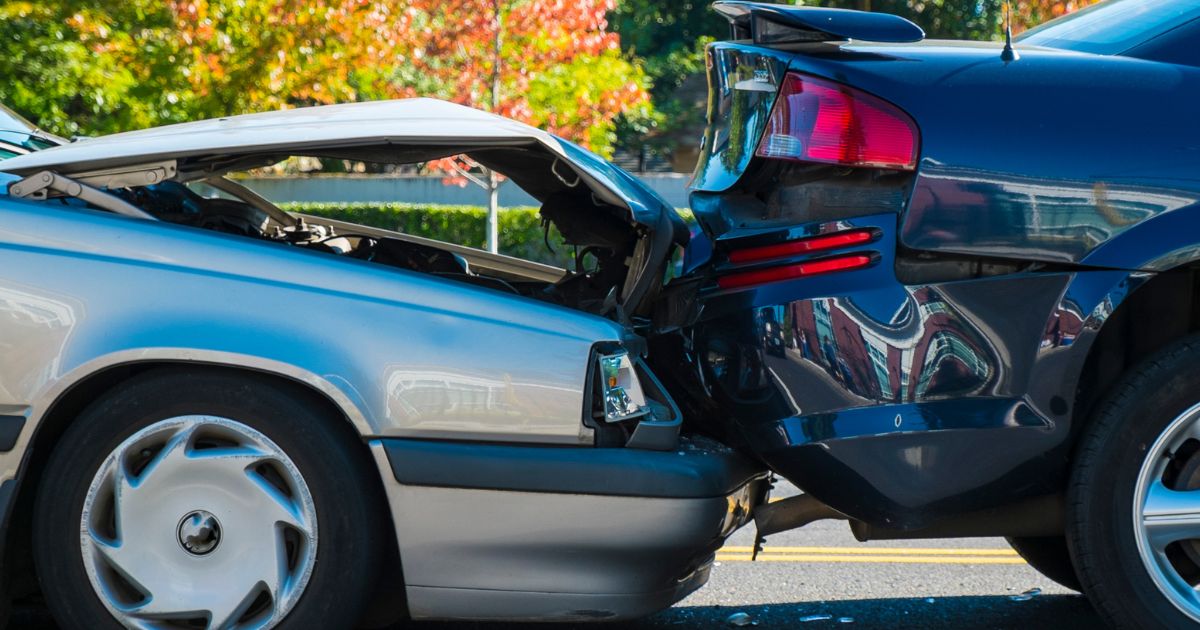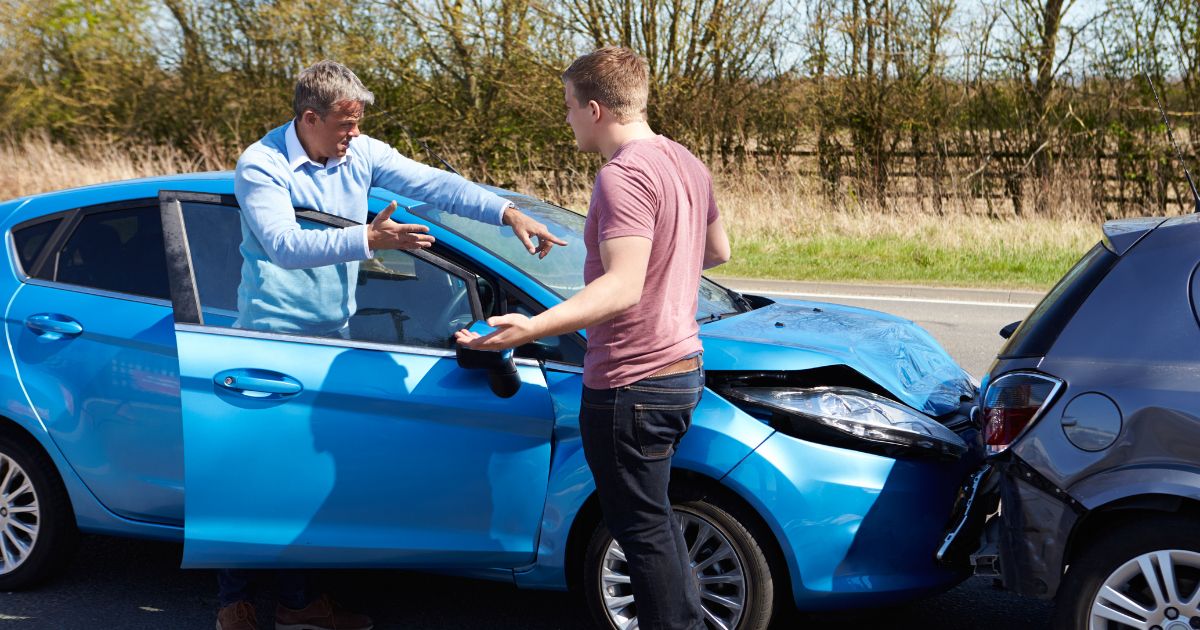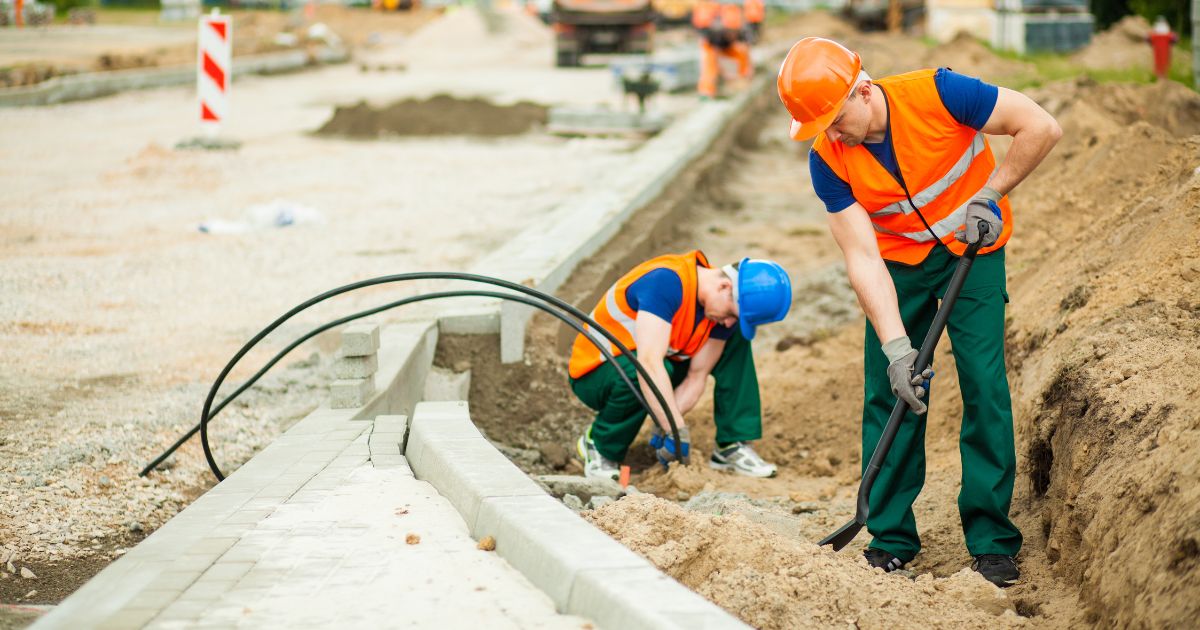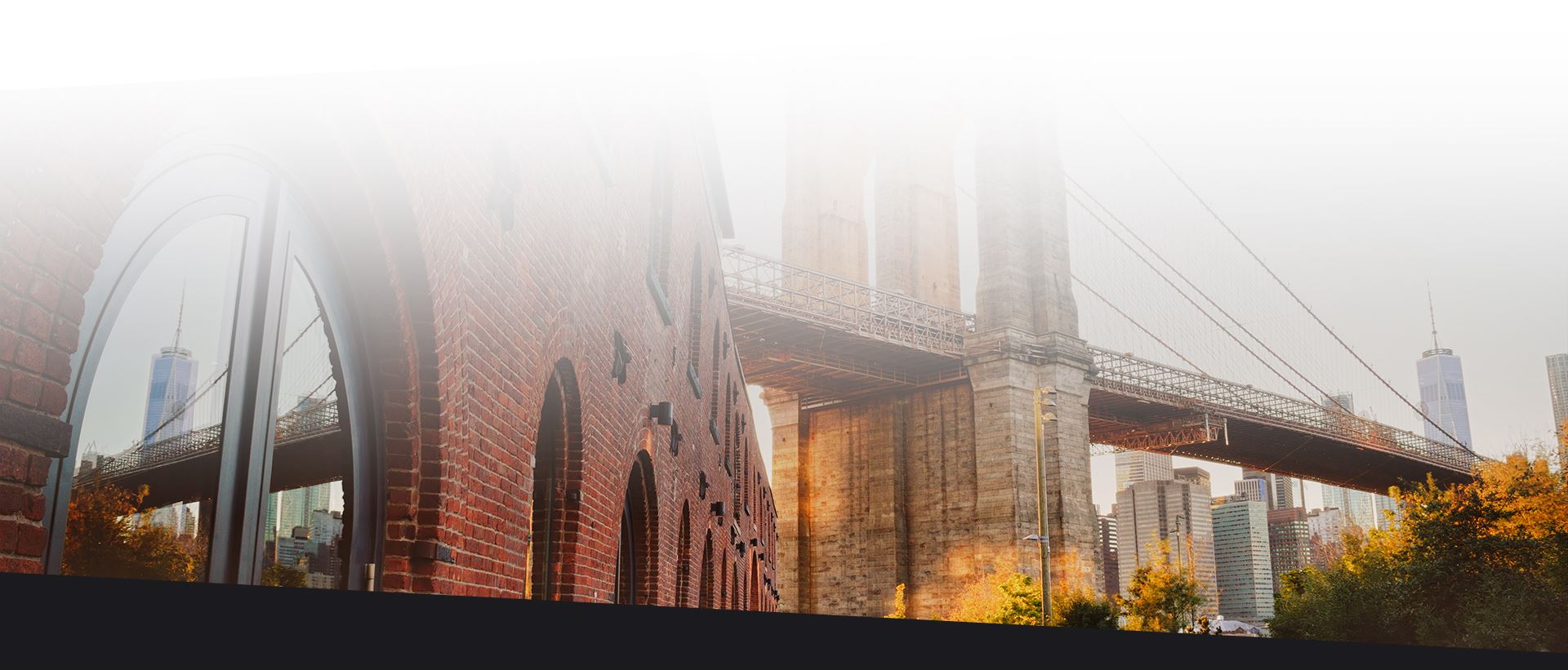All licensed drivers are responsible for following the rules of the road at all times, including having a thorough understanding of the right-of-way laws. This is particularly important in a busy city like Brooklyn, where you are navigating the streets at the same time as other cars, trucks, buses, cyclists, and pedestrians. While some right-of-way car accidents are minor fender-benders, others can cause devastating injuries, particularly if a cyclist or pedestrian was involved or the at-fault motorist was traveling at high speed at the time of the accident.
What Does it Mean to Yield to the Right-of-Way?
When sharing the road with other vehicles, cyclists, and pedestrians, the right-of-way rules determine who has the right to continue driving and who must slow down or stop and wait before proceeding. While traffic signals clarify who has the right-of-way and who must stop or yield to other drivers, several scenarios are unclear. However, motorists are still responsible for understanding when to yield and when they have the right-of-way. For example, when approaching intersections, road crossings, or access ramps, the motorists entering the intersection, road crossing, or access ramp must yield to motorists already in the traffic flow. Understanding these rules can help prevent serious accidents involving pedestrians and cyclists or high-speed collisions.
What Are the Main Causes of Failure-to-Yield Car Accidents?
Some failure-to-yield accidents in Brooklyn happen because a motorist may not be familiar with the traffic laws in New York City. However, while navigating the busy city streets can be intimidating and overwhelming, particularly if you are visiting from out of town, it is not an excuse for causing an accident. The following are additional examples of some of the common causes of failure-to-yield accidents:
- Talking or texting on the phone, adjusting the radio station, reaching for something in the back seat, or other examples of distracted driving behaviors
- Driving while under the influence of drugs or alcohol
- Drowsy driving
- Tailgating
- Misjudging the speed of other vehicles in the vicinity
- Mistakenly anticipating another motorist’s next move
What Are Examples of Right-of-Ways Laws in New York?
While most traffic in Brooklyn and throughout New York City moves at a relatively slow speed compared to busy highways in less congested areas, there are specific right-of-way laws in place to protect motorists, as well as cyclists and pedestrians, including the following:
- When at an intersection, motorists must yield the right-of-way to vehicles already there. If both vehicles arrive at the intersection at the same time, the vehicle to the left must yield to the vehicle on the right.
- When turning left, motorists must yield the right-of-way to oncoming traffic.
- When making a right turn at an intersection, motorists must yield to vehicles approaching from the opposite direction.
- When merging onto a highway, motorists must yield the right-of-way to vehicles already on the highway.
- When entering a roundabout or traffic circle, motorists must yield the right-of-way to vehicles already in the circle.
- When approaching a four-way stop sign, motorists must yield to the vehicles that arrive at the intersection first.
- Motorists must always yield to pedestrians, even if they are not crossing within a crosswalk. In addition, motorists may not pass a vehicle that has stopped to let a pedestrian pass.
- Emergency vehicles must always be given the right-of-way when their lights or sirens are activated. Motorists must move to the right to clear a path for these vehicles.
Who Is Liable for a Failure-to-Yield Car Accident?
If you are injured in a failure-to-yield car accident, the motorists who did not yield the right-of-way will likely be held liable for any injuries and property damage caused by the accident. However, you must prove that the other driver was negligent. To do so, you must be able to establish the following:
- The other driver had a duty of care to yield to you.
- The other driver breached the duty of care by failing to yield the right-of-way.
- The breach of care caused a car accident that would not have occurred if they yielded the right-of-way.
- You suffered injuries as a result of the failure-to-yield accident.
What Should I Do if I am Injured in a Right-of-Way Accident?
You may be entitled to financial compensation if you suffered an injury in a car accident involving another motorist who failed to yield the right-of-way. To help secure the best possible settlement outcome, you are urged to take the following steps:
- Call 911 to report the accident. Request an ambulance if there are injuries.
- Seek immediate medical attention, even if your injuries seem minor. Failure to do so can harm your settlement.
- Take photos of the accident scene, including the damage to your vehicles, injuries, traffic signs or signals, and skid marks on the road.
- Exchange information with the other driver.
- Notify your insurance company.
- Contact an experienced car accident lawyer.
What Damages am I Entitled to in a Failure-to-Yield Car Accident?
If you can prove that the other motorist was at fault for causing the accident, you may be able to recover the following damages:
- All medical expenses associated with your injuries
- Property damage
- Lost wages
- Pain and suffering
- Emotional distress or trauma
- Long-term care costs if you suffered a permanent disability
Our Brooklyn Car Accident Lawyers at Rubenstein & Rynecki Represent Victims of Right-of-Way Car Accidents
Contact our Brooklyn car accident lawyers at Rubenstein & Rynecki after a right-of-way accident. To schedule a free consultation, call 718-522-1020 or contact us online. Located in Brooklyn, we serve clients in New York City, including The Bronx, Manhattan, Queens, and Staten Island.


